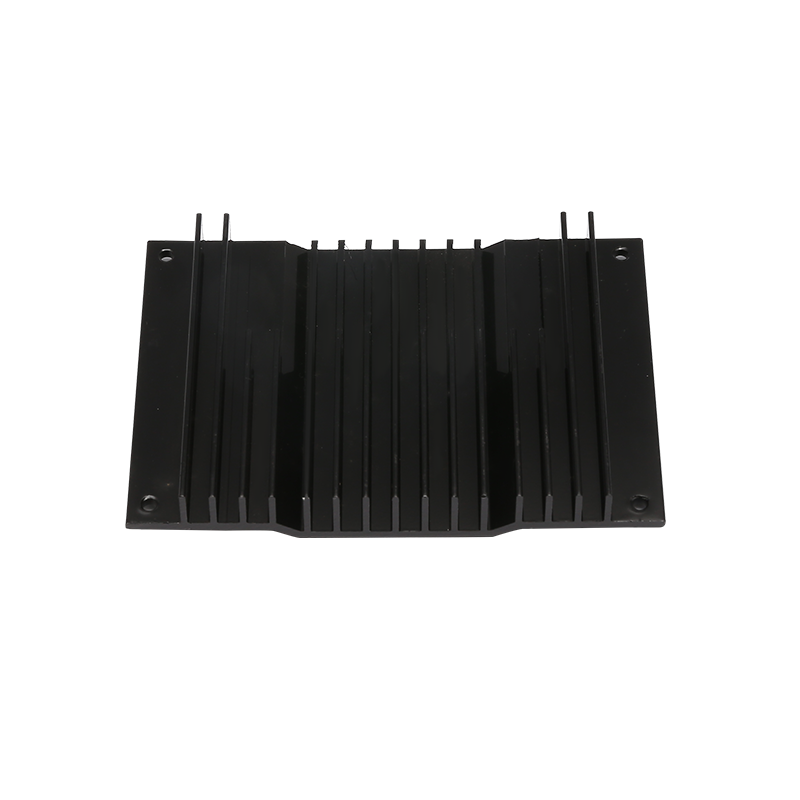2025-06-13
Thermal Stability of Aluminum
Aluminum, the primary material used in the Aluminum Diamond Cut Logo, is well-known for its good thermal conductivity and moderate coefficient of thermal expansion. These characteristics make it highly stable under a wide range of temperature conditions. When used within normal industrial or consumer environments, such as electronics, appliances, or automotive parts, the logo maintains its shape and structural integrity, even in fluctuating temperatures.

Behavior in High-Temperature Environments
In high-temperature settings—typically ranging from 60°C to 150°C in consumer applications—an Aluminum Diamond Cut Logo remains dimensionally stable. Its melting point is approximately 660°C, meaning it can endure elevated ambient heat without melting, warping, or becoming brittle. Moreover, many manufacturers anodize or coat the surface of the aluminum to enhance heat resistance and prevent surface discoloration or chemical degradation during prolonged heat exposure.
Performance in Low-Temperature Conditions
Aluminum also performs exceptionally well in low-temperature environments. Unlike some plastics or composites that may become brittle or crack, aluminum retains its ductility and strength even when exposed to sub-zero temperatures. This makes the Aluminum Diamond Cut Logo particularly suitable for products intended for use in outdoor or cold-storage conditions, such as automotive badges in snowy climates or branded equipment used in refrigerated areas.
Effect of Thermal Expansion
Though aluminum expands slightly when exposed to heat, the degree of expansion is minimal and generally does not result in visible deformation of the logo. Designers account for this expansion during the manufacturing process by ensuring proper spacing, adhesive flexibility, and mounting techniques. The precision cutting used in crafting these logos further helps reduce structural stress that could arise from thermal cycling.
Influence of Mounting and Adhesives
The stability of an Aluminum Diamond Cut Logo under temperature bands is also influenced by how it is mounted. High-quality adhesives and bonding agents used for installation are selected specifically for their ability to withstand heat and cold without softening, cracking, or losing grip. For bad environments, manufacturers may use industrial-grade thermal adhesives that provide extra assurance of long-term durability without deformation or detachment.
Applications Requiring Thermal Resistance
Industries such as automotive, aerospace, and consumer electronics often expose branding elements to intense temperatures. In these sectors, the Aluminum Diamond Cut Logo has proven its. Whether it's a badge on a car parked under the sun or a logo on the back of a laptop near heat vents, the material continues to perform without distortion, discoloration, or warping.
Protective Coatings Enhance Resistance
To further guard against heat- or cold-induced damage, many Aluminum Diamond Cut Logos are treated with protective coatings such as anodization, powder coating, or clear epoxy. These layers not only enhance the visual finish but also serve as thermal insulators, preventing surface oxidation, reducing thermal stress, and preserving the logo's aesthetic quality even under harsh conditions.
Conclusion
The Aluminum Diamond Cut Logo is engineered to maintain its shape and appearance across a wide range of temperature bands. Thanks to the inherent stability of aluminum, precision manufacturing, and protective surface treatments, it does not easily deform in either high or low temperatures. This makes it a highly reliable choice for applications where environmental durability and aesthetics are both critical.